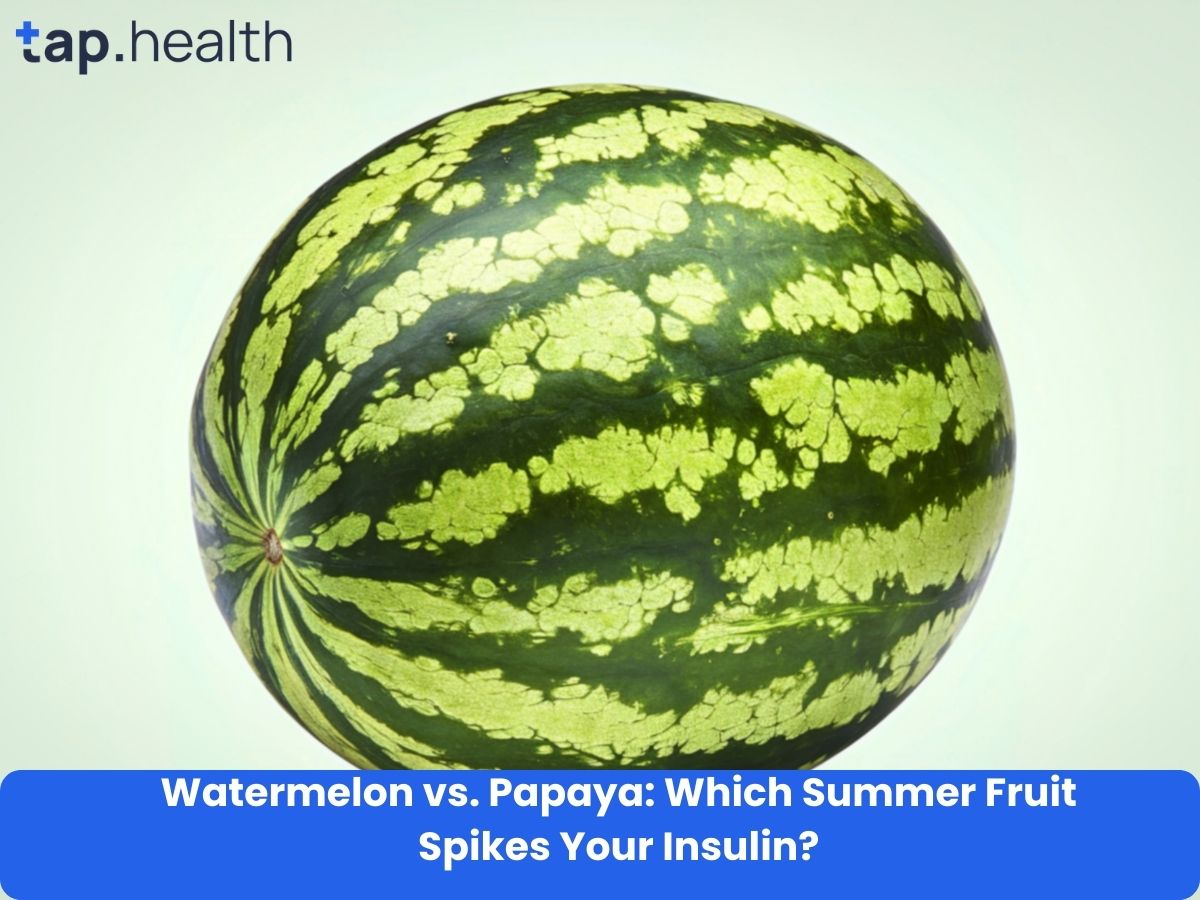H3N2 influenza, a subtype of influenza A, poses a significant health threat due to its rapid spread and evolving nature. This blog provides concise answers to common questions about H3N2, including its symptoms, transmission, high-risk groups, diagnosis, treatment, and preventive measures like vaccination. By understanding these aspects, you can take proactive steps to protect yourself and your community from this respiratory illness.
What Is H3N2 Influenza?
Q: What is H3N2 influenza?
H3N2 is a subtype of influenza A virus that causes respiratory illness in humans, ranging from mild to severe cases. First identified in 1968, it spreads through respiratory droplets and evolves rapidly, making it a public health challenge.
Q: How did H3N2 originate?
H3N2 emerged from a reassortment of avian, human, and swine influenza viruses. Its ability to mutate through antigenic drift creates new strains, complicating vaccine development and outbreak control.
What Are the Symptoms of H3N2?
Q: What are the common symptoms of H3N2?
H3N2 symptoms include fever, cough, sore throat, runny or stuffy nose, body aches, fatigue, and sometimes nausea or vomiting. Severity varies, with some experiencing mild symptoms and others facing severe complications.
Q: Does H3N2 cause psychological symptoms?
Yes, H3N2 can lead to irritability, mood swings, difficulty concentrating, or sleep disturbances. These effects may persist after physical symptoms resolve, especially in those with pre-existing mental health conditions.
How Does H3N2 Differ from Other Illnesses?
Q: How is H3N2 different from the common cold?
Unlike the common cold, caused by rhinoviruses, H3N2 often leads to high fever, severe body aches, and fatigue. The cold has milder symptoms and a gradual onset, while H3N2 is more intense.
Q: How does H3N2 compare to other flu strains?
H3N2 is a seasonal flu strain but is linked to more severe illness, higher hospitalization rates, and increased mortality, especially in vulnerable groups, due to its rapid mutation rate.
How Does H3N2 Spread?
Q: How is H3N2 transmitted?
H3N2 spreads through respiratory droplets from coughing, sneezing, or talking. It can also spread via contaminated surfaces or airborne particles in poorly ventilated spaces.
Q: What factors increase H3N2 transmission?
Close contact, crowded environments, poor respiratory hygiene, and inadequate ventilation increase transmission. Settings like schools, hospitals, and nursing homes are high-risk areas.
Who Is at High Risk for Severe H3N2 Symptoms?
Q: Which age groups are most vulnerable to H3N2?
The elderly (65+), young children (under 5), and those with compromised immune systems are at higher risk for severe H3N2 symptoms due to weakened or developing immune responses.
Q: How do pre-existing conditions affect H3N2 risk?
Conditions like lung disease, heart disease, diabetes, or obesity increase the risk of severe H3N2 symptoms by weakening the immune system or straining the body during infection.
How Is H3N2 Diagnosed?
Q: How do doctors confirm H3N2 infection?
H3N2 is diagnosed using rapid antigen tests or molecular tests like RT-PCR, which detect the virus or its genetic material. These tests guide treatment and prevention strategies.
What Are the Treatment Options for H3N2?
Q: How is H3N2 treated?
Antiviral medications can reduce symptom duration if started within 48 hours of onset. Rest, hydration, and over-the-counter medications also help manage symptoms effectively.
How Can You Prevent H3N2 Infection?
Q: What are the best preventive measures for H3N2?
Practice good respiratory hygiene, avoid contact with infected individuals, and maintain proper ventilation. Annual flu vaccination is critical, especially for high-risk groups.
Q: Why is vaccination important for H3N2?
Vaccination reduces the severity and spread of H3N2 by targeting circulating strains. Regular updates to the vaccine help address the virus’s rapid mutations.
When Should You Seek Medical Attention?
Q: When should you see a doctor for H3N2 symptoms?
Seek immediate medical attention for severe symptoms like difficulty breathing, persistent fever, or worsening conditions, especially in high-risk groups, to prevent complications.
Why Is H3N2 a Public Health Concern?
Q: Why is H3N2 challenging for public health?
H3N2’s rapid mutation and ability to spread quickly strain healthcare systems. Its impact on vulnerable populations and vaccine challenges make it a persistent threat.
How Effective Are Vaccines Against H3N2?
Q: How well do vaccines protect against H3N2?
Flu vaccines reduce H3N2 severity and transmission but may have lower efficacy due to the virus’s mutations. Annual updates improve vaccine effectiveness against new strains.
Can H3N2 Be Prevented in High-Risk Settings?
Q: How can H3N2 be controlled in schools or hospitals?
Enhance ventilation, enforce mask-wearing, promote hand hygiene, and encourage vaccination in high-risk settings like schools, hospitals, and nursing homes to curb H3N2 spread.
What Are the Complications of H3N2?
Q: What complications can H3N2 cause?
H3N2 can lead to pneumonia, worsening of chronic conditions, or secondary infections, particularly in high-risk groups like the elderly or those with pre-existing conditions.
How Can You Stay Informed About H3N2?
Q: Where can you find reliable H3N2 information?
Stay updated through trusted sources like the CDC, WHO, or local health departments. Monitor seasonal flu trends and vaccination recommendations for H3N2.
Conclusion
H3N2 influenza remains a significant health threat due to its rapid spread, evolving strains, and impact on vulnerable populations. By recognizing symptoms, understanding transmission, and adopting preventive measures like vaccination and good hygiene, you can reduce the risk of infection. High-risk groups, including the elderly and those with chronic conditions, should prioritize annual flu shots and seek prompt medical care for severe symptoms. Staying informed through reliable sources ensures you’re equipped to protect yourself and your community from H3N2’s impact.



